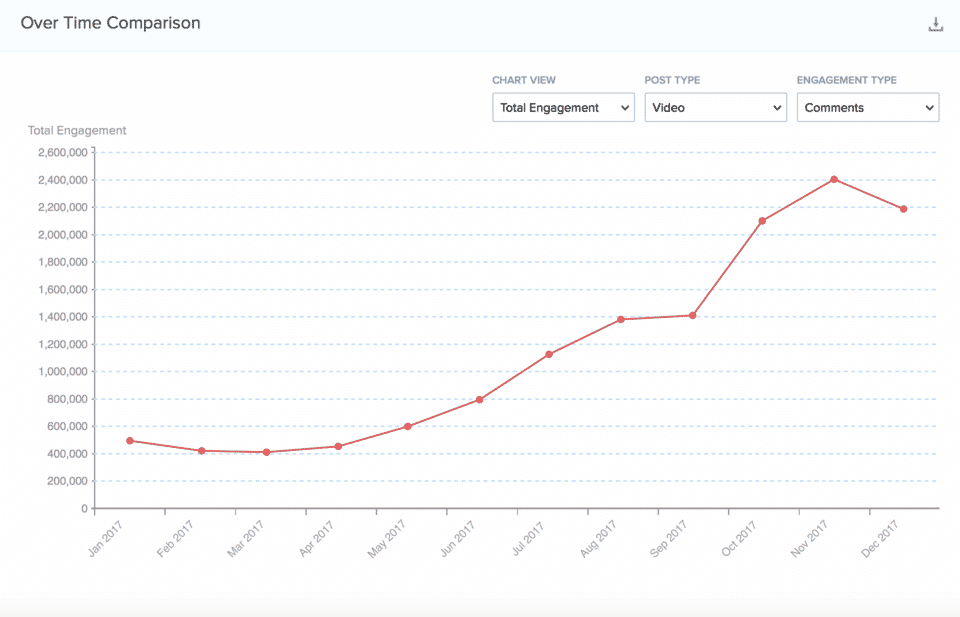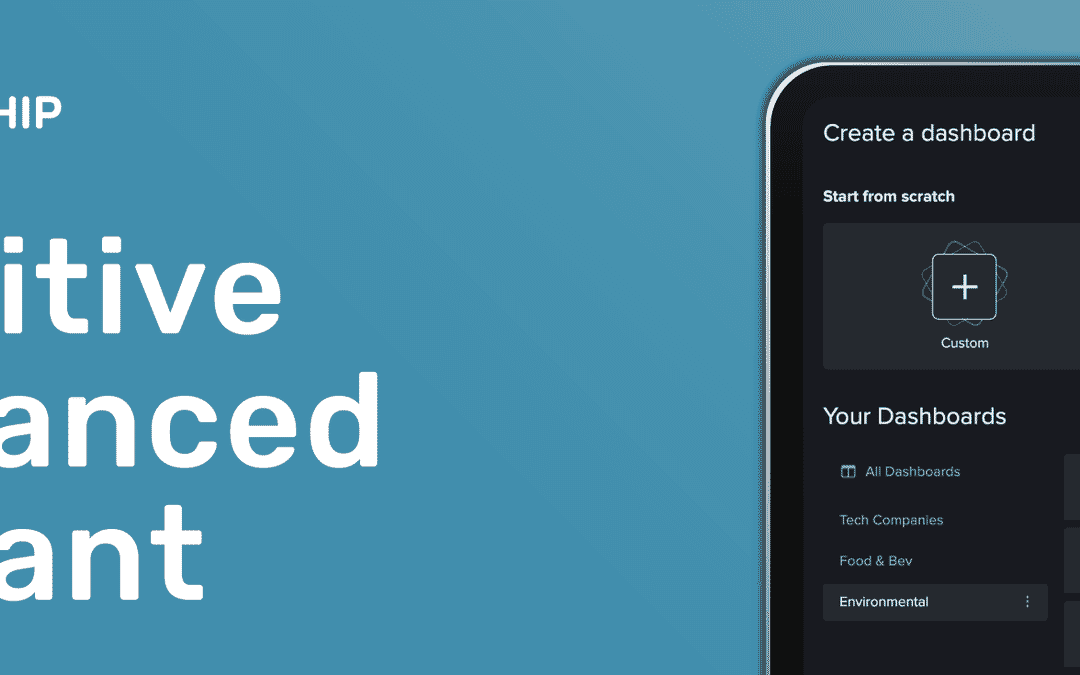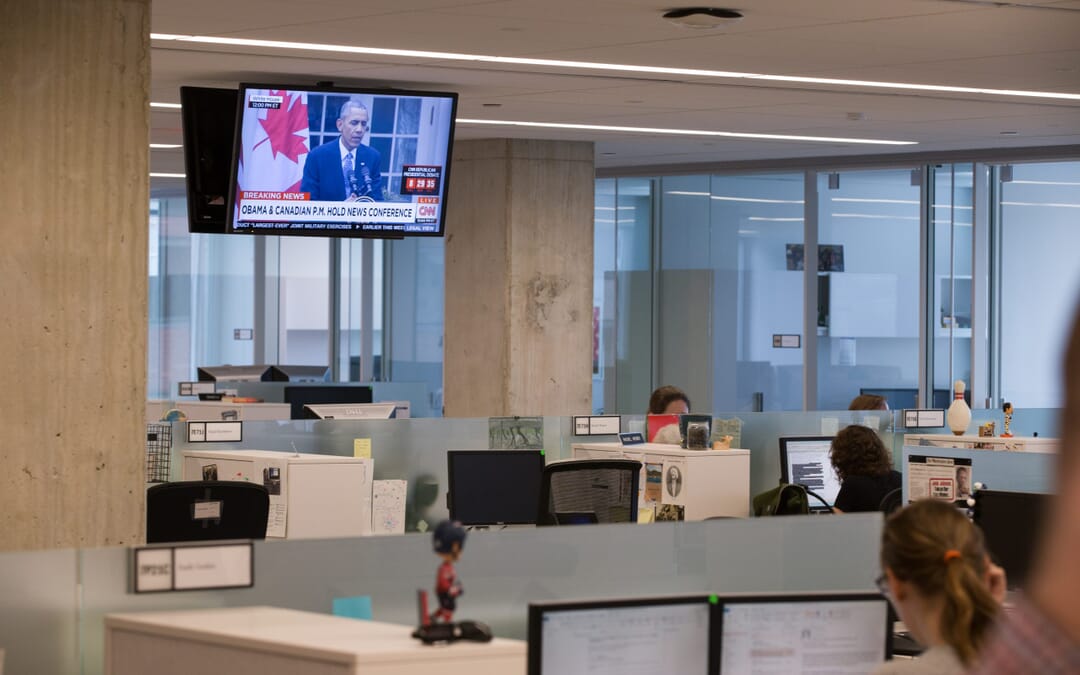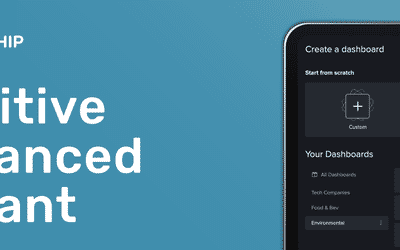How can you stay relevant in today’s shifting media landscape? We talk to Cultura Colectiva about the publisher’s data-driven content.
The way publishers are creating content is changing fast in the modern age, and Culture Colectiva is a perfect example of that. The team there use an algorithm to make sure they are creating relevant, dynamic content in a period where consumers are always looking for fresh angles and new, interesting approaches to content.
We talked to Sarah Vander Wal, the Head of Brand at Cultura Colectiva, about the work they are doing, their expansion into the United States, and the importance of data in modern content creation.
Why don’t you tell us a bit about Cultura Colectiva?
Cultura Colectiva (CC) is a publisher that inspires youth, done mainly through AI driven content. Our Spanish language media platform based in Mexico City engages more than 30 million fans every day, making it the most valuable digital media company in Latin America. CC+ is our English language platform, based in New York and launched late 2017.
CC came about because in countries like Mexico the stories that get the most attention are very rarely stories that people want to hear, and stories for millennials and Gen Z audiences just weren’t being told.
So CC’s founders, Luis Enriquez, Adolfo Cano and Jorge del Villar decided to create a series of IRL events, as a way for their friends and all different types of content creators, to come share their work. The events got larger and larger and Facebook became the primary channel to share information about the event and the content shared in them.
In the end, the scalability wasn’t in the event, but in the online community that grew around it via the content shared on Facebook. Luis, a mathematician, realized if data and AI were used during the creation phase, CC could reach a much larger audience. AI comes in to predictively determine how viral an engaging piece of content can be based on the title, keywords and images used.
That’s what I see looking at NewsWhip too, you have to ask how do you predict what’s going to be successful, how do you see what’s taking off right now. How do you know what will be a dud, and what’s going to work?
At Cultura Colectiva we know before we publish it what’s going to work, because the algorithm tells us.
What brought you to CC?
I ended up working at Cultura Colectiva after working with fifteen or so international media brands, many large, legacy companies. The truth is that many legacy companies, while once amazing brands, sometimes they lose relevance, because they don’t understand how to connect with a consumer today. They’re trying to tell a consumer how and what to consume when today you should be reacting to how a consumer chooses to consume things. A lot of large legacy companies don’t use as much data as they should or in the way that they should.
So the opportunity came up that allowed me to work with Cultura Colectiva, and having met the founders I felt that they had this true sense of humility and desire to grow. They were hungry, they’d done their homework, and it was super interesting.
When someone brings you the opportunity to build on such a strong platform, you have to take it, and so I joined to help Cultura Colectiva launch their English language platform, CC+.
Okay, let’s talk about what’s on everyone’s mind. How have you been impacted by the latest Facebook algorithm changes?
Our numbers actually haven’t been affected by Facebook’s algorithm change as our proprietary algorithm adjusts in real time. Additionally, our audience seeks out our content, watching over 130 videos per person per month. This high rate of engagement is due in part to our unique blend of man and machine. You have to have the human element of understanding, but the how and the when of what content to publish is really driven by data.
 The growth in comments Cultura Colectiva’s video content in 2017, via NewsWhip Analytics
The growth in comments Cultura Colectiva’s video content in 2017, via NewsWhip Analytics
You talk about the data you use, is this all internal?
It’s internal and third-party. Obviously we have access to all our own data, which we use in a hindsight manner, to see what has worked well in the past in terms of engaging content with our audience. Internal and third-party data also feeds into our algorithm, providing insight into what our audience wants to consume at present and how that might alter in the near future given a changing set of data.
So speaking of data, do you have any kind of data-based checklist for content creation?
It’s all using the algorithm. While our audience is broad, our content is not. And our branded content is different to our owned and operated content for obvious reasons.
For our verticals, we focus on people generating inspiring stories; photography and history are two of our most popular topics.
Part of our ethos as a brand is to share stories from Latin America that are positive. We want to get beyond the over-reported negative stereotypes and showcase the amazing things about Latin America.
When we’re creating written content, the algorithm scores your title out of 12. A good score is a 9.5 and above. It will also suggest improvements, where you can do it better based on the data we have, and it will do the same for photos.
Specific to each campaign, the algorithm will suggest it all — the 100 words that should be in the story, the time of day you should share, and what platform it will perform best on. It will suggest the best way to tell that story and what elements to bring in to give it the maximum level of success.
How do your writers feel about this level of automation?
Well, it’s the human element that holds it all together. Our reactions are emotion based. If something provokes you, makes you happy or makes you mad, you’re more likely to share it.
Computers don’t have emotions, so you might have 100 keywords, but someone has to pull all that together into a compelling narrative, and that’s where our writers come in.
We’ve noticed ourselves that content that has more reactions tends to get more shares.
Exactly, what connects us is our emotions. We may have different views on life, but we all love, we all get angry, and that gets reflected in what people want to read and share. Emotion is what makes us take action.
What’s your community like?
Our community is strong, and that complements the work our algorithm does. The algorithm can read Facebook’s algorithm and read the adjustments and adapt accordingly, which is part of the reason we haven’t been affected by the changes, but our community is also a big reason for that.
Our community is very engaged, and if a brand’s videos suddenly disappear when they normally watch 130 a month from us, they’re going to notice when it’s suddenly not [in their news feed].
In terms of our audience, we recognize the generational commonalities that bind them together and the regional differences that set them apart. We are audience experts in the sense that we create content specifically for our different audiences. For example, in Mexico, we’re more popular with millennials, while here [in the U.S.] we have more traction with Gen Z. In Mexico we’re more lifestyle and news, here we’re more focused on arts and culture. In this day and age you don’t want to be reliant on one platform, or one vertical for your audience.
She reminds us of the worst parts of ourselves
Posted by Cultura Colectiva + on Monday, February 26, 2018
Do you encounter any differences as a Spanish language publication?
There are differences, of course, in terms of the type of content that has engagement. In Mexico, Cultura Colectiva has such a high engagement in news content that news has its own channel.
Here, it’s more culture driven stories, more of the human aspect. From a machine point of view the algorithm adapts too: it’s different because of the context of everything around you, and it adapts to that.
It’s the same in the sense that data is driving all the content decisions. Is a millennial living in Texas or New York going to like something different than a Gen Z kid living in Bogota? Maybe, but I don’t need to guess, the algorithm will tell me.
Why do you think there’s such a difference?
People ask if they don’t like news in the U.S., I just think they need a break from it. We get news all the time here, it’s non-stop, and people are looking for the happy, light-hearted pieces, but sometimes it’s also more than that.
For example, recently we partnered with the United Nations (UN).
The UN has these goals called the Sustainable Development Goals (SDG’s), which are 17 overarching goals that as a world we have to work towards to end poverty, protect the planet and ensure prosperity for all.
One of those SDG’s, #14, is protecting life underwater. For the goal to be reached, everyone needs to do their part: governments, the private sector, civil society and everyday people by changing habits like using fewer straws, refashioning old clothes, putting less plastic in the ocean, not using microbeads in facial scrubs, things like that.
So we partnered with the UN on that. They needed to engage a younger audience, so we created five videos and two infographics, and we reached 66,173,393 million people, educating them and helping to change behavior.
It’s one thing to use AI to follow trending topics, but it’s quite another to use AI to make people care about a topic, which is what we try to do. We seek to inform and inspire, to educate, and to emotionally connect, and you can tell most stories that way. If you can prove your content creates an action of some form, all the better for continued reader engagement.
What are the challenges you’re facing now?
There are many challenges facing the industry. For CC particularly, we are focused on how we keep moving forward so we don’t become one of those lethargic legacy publishers that were amazing in their time, but might be struggling right now.
Additionally, the current pace in media is unsustainable if you don’t have some kind of AI component. The value of media is still strong and its role is still important, it’s just modulating and evolving at such a rapid pace.
We have to look at speed more generally when talking about our competitive edge. How quickly can you create content? How do you keep up the pace? How do you balance machine and human inputs when you move from thirty writers to two hundred in a little over a year? When your engagement is driven by data, it’s easier to manage growth. One of the challenges big companies face is convincing staff to change strategy as the consumer changes. At CC, it’s easier to do as data drives our decisions.
Another thing is that, when you have such a large community in a non-owned and operated space, that always poses a risk. How do you shift an audience with SEO strategies, and that’s built into rolling out the app, our owned and operated, moving people from one platform to another.
Lots of places are one platform only. That’s fine, but then you’re a social publisher. Then you have to diversify in other ways.
When you have a voice that connects with people, they’ll seek it out. If the same voice bringing you content on Facebook also brings you great stuff on Instagram, you might start to seek them out in other places. At the end of the day, everyone consumes a load of content, you just want to be in a position where people are actively coming to you for it.
So we’ve talked about your app a lot, but is there one thing you’re most excited for in the year ahead?
A couple of things really.
The first is the rollout of CC+ in the US. It’s great to be number one in Mexico, but you have to respect the opportunity here, it’s a very different and difficult market. We know that, so we’re working really hard to build on the brand partnerships we’ve built elsewhere. t can be really difficult to enter a new market and expand, but we’re aware of the challenges, we have a strategy we think works really well, and we’re really excited to build on what we have.
The second is growing our owned and operated platform, which will allow us to extend our brand voice and directly engage our current and new audiences as well.
Thirdly, we are working on launching additional formats including original web series.
Knowing Luis and all the team as I do, they have by far the best chance of succeeding in this as anyone I have ever met, because all they have to do is to continue to be themselves.
Thanks, Sarah! For a look into what stories resonate across any niche, take a look into NewsWhip Spike, our real-time social database.











